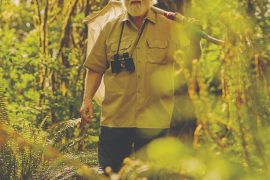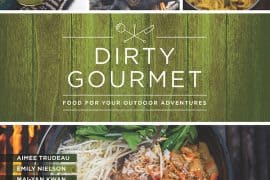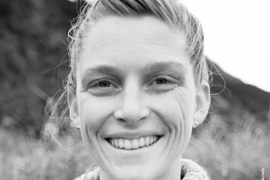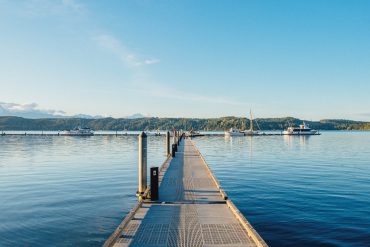Know your rocks with The Roadside Geology of Washington
interview by Sheila G. Miller
University of Oregon geologist Marli Miller has seen a lot of Washington. Miller, who completed the second edition of The Roadside Geology of Oregon in 2014, was tapped to hit the road again to revisit The Roadside Geology of Washington in its second edition. That book, completed in 2017 and written with Darrel S. Cowan, is hundreds of pages of pretty much everything you wanted to know about what the heck that rock is by the side of the road.
How do the first edition, written in 1984, and the second edition you wrote differ?
They’re really different on several accounts. I think one of the main differences is the philosophy of the publishing company has evolved—they’re more interested in the author going into detail, and so I wrote the book with the idea that this would be a book I would want to use. I used mileposts to point out specific things, and I give a lot of ages for things which helps show how it all fits in. Also, we just know so much more about the geology now than we did when the original books were written—it’s pretty amazing. There’s been huge growth in our analytical abilities in the lab to understand how, for example, one rock might relate to another chemically, that there may be a common origin to them. We know the ages of so many things we didn’t know before. So I was able to present a much more complete story. The other big difference is the quality of printing—the publisher is doing these books in full color now.
Who is this book written for?
I was aiming for the interested lay person, so if you’re not really interested in geology you will not like the book—it’s pretty nerdy. There’s always the issue of terminology and jargon, and we tried our best to keep that out but sometimes it is sort of unavoidable. It is written for lay people, but at the same time it’s useful for geologists who are casually driving through the state and say, ‘What is this stuff?’
I’m guessing it was not an easy process to put a book like this together.
My job was to write the first chapter, which was an introduction to the whole state, and then to write all the road guides. I drove each road in the book and looked at the rocks and tried to make sense of them on my first drive through. I would record mileposts as I took notes, and then I would also take field guides and journals, and write my own road guide. Then I would drive the road again and I would correct the mistakes I’d made and I would make things more clear. You don’t want to spend too much time on things you can’t see, so I would eliminate those types of things and then take more photos. This was a two-year project, which was pretty full-time—there were two quarters at the university when I wasn’t teaching that I devoted full-time to the book.
What was the coolest thing you learned about Washington’s geology?
Seeing some of the features I had heard about with respect to Ice Age floods in Eastern Washington was profound. Some of the features that had to do with the Columbia River basalt group, those were mind-boggling. In some ways it was just always amazing to be able to drive these roads and always be encountering new things.
Where will geology take you next?
I just signed a contract to write the book Oregon Rocks, which is going to be about geologic locations throughout the state of Oregon.







